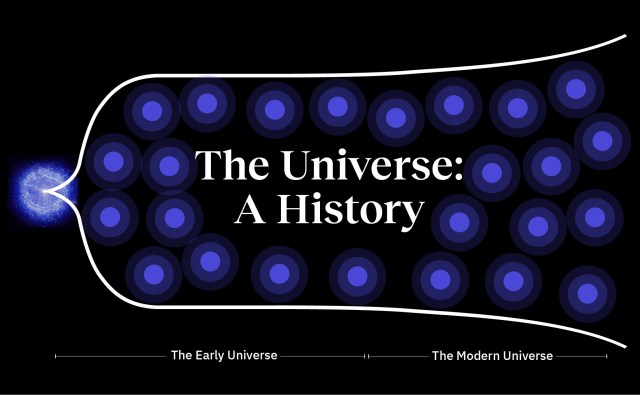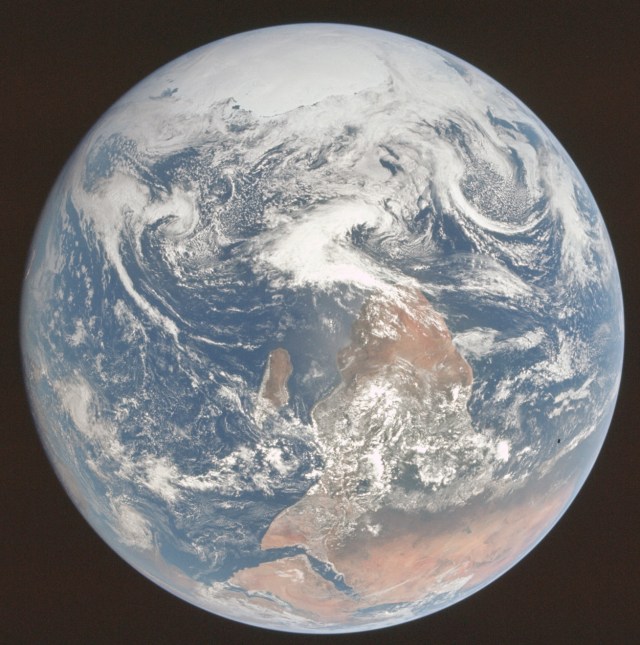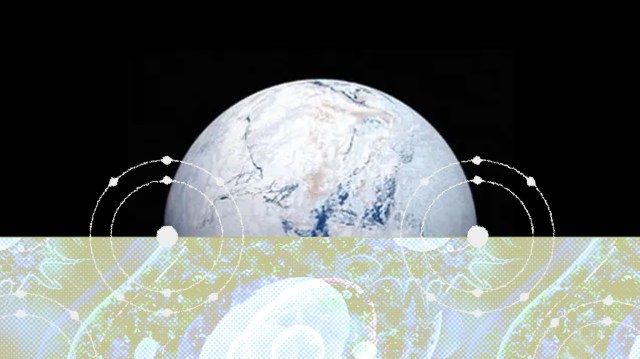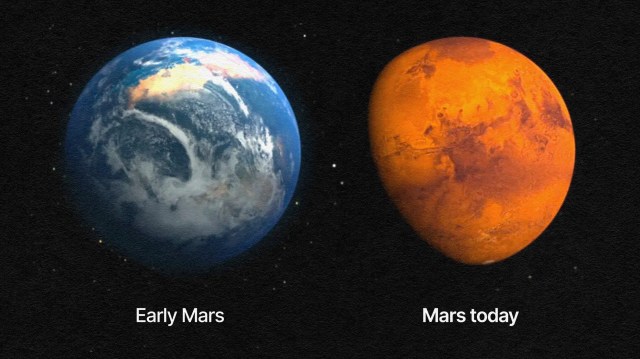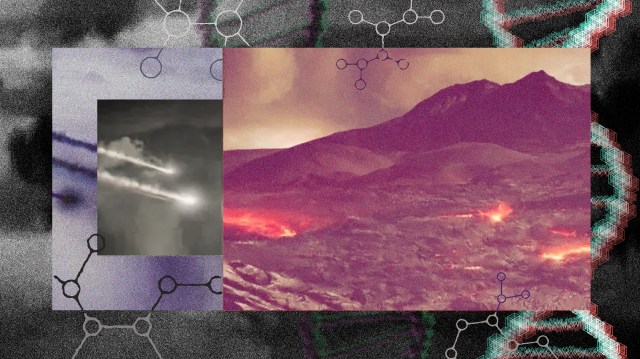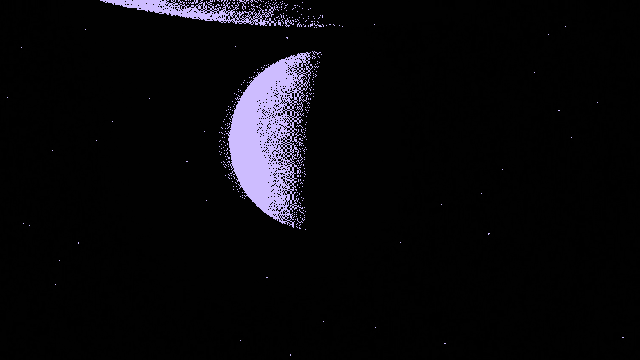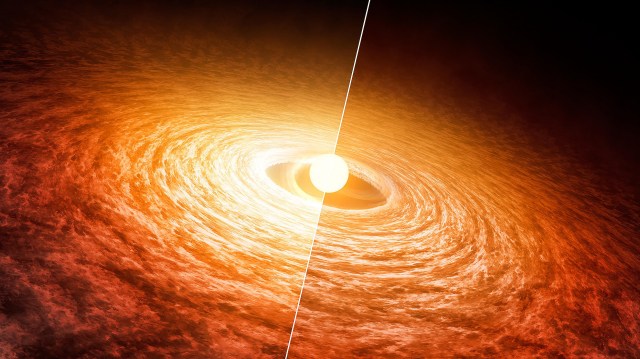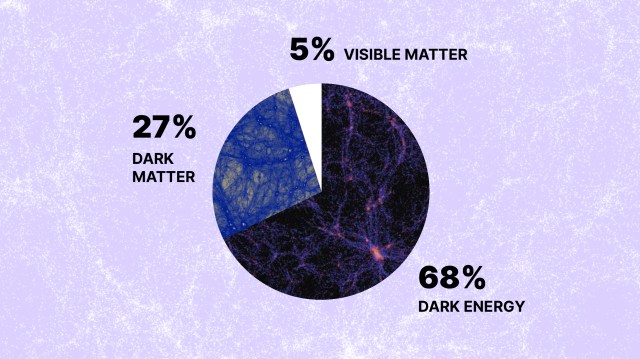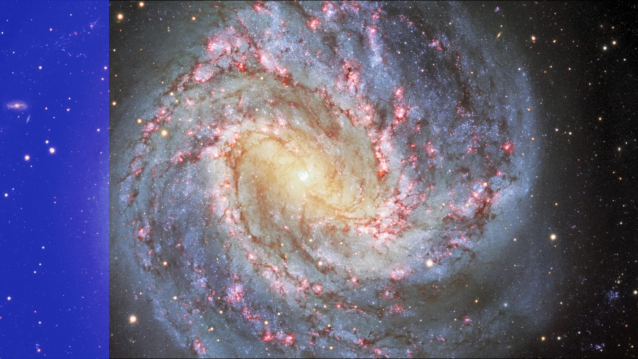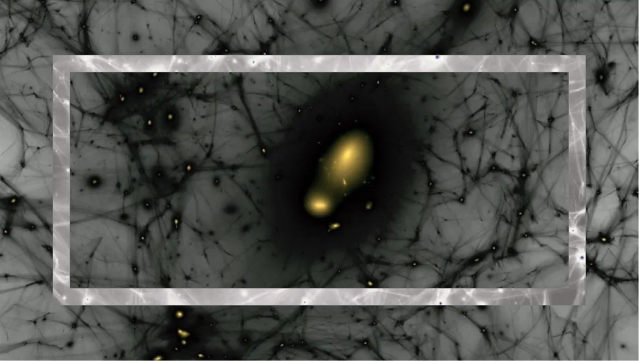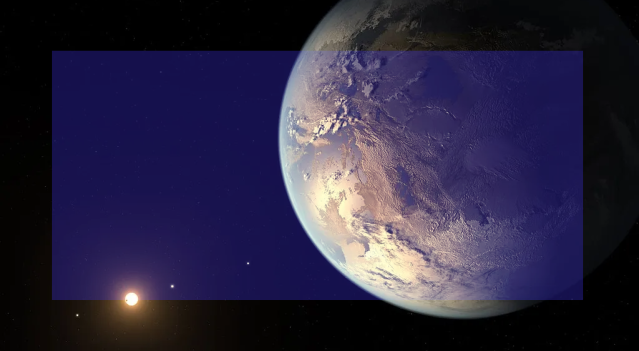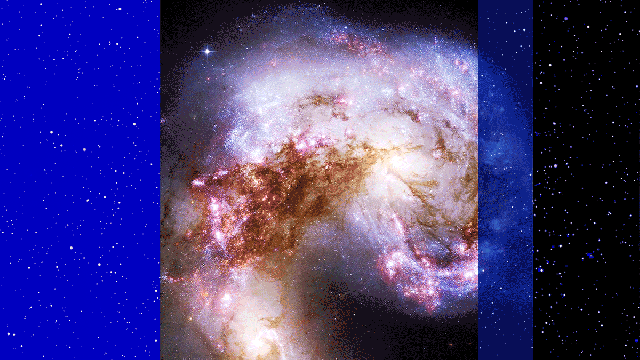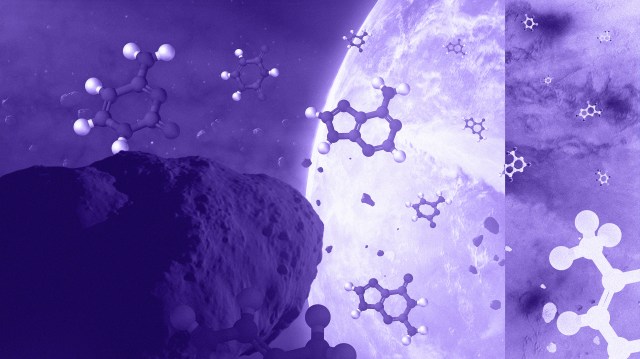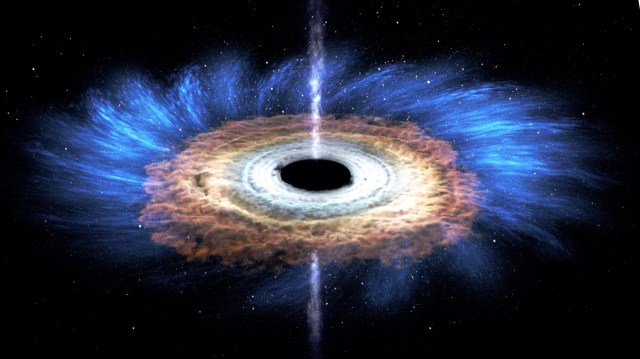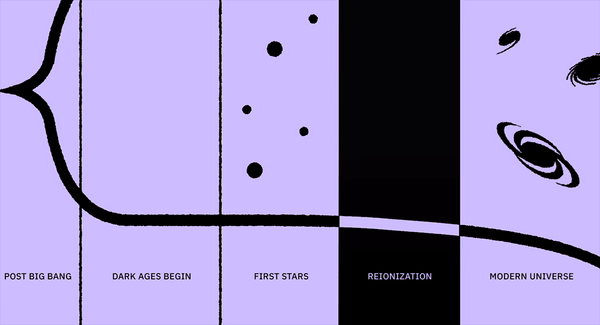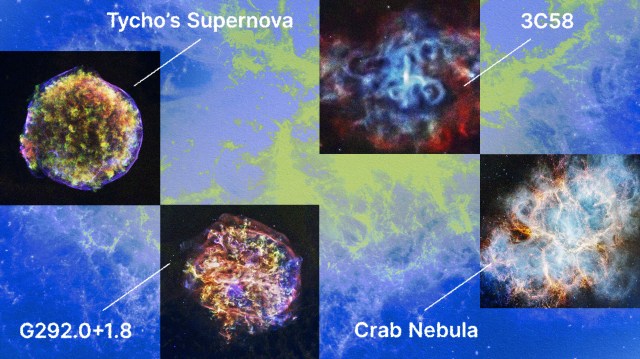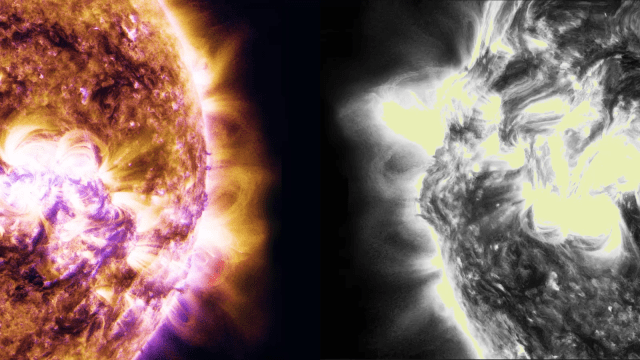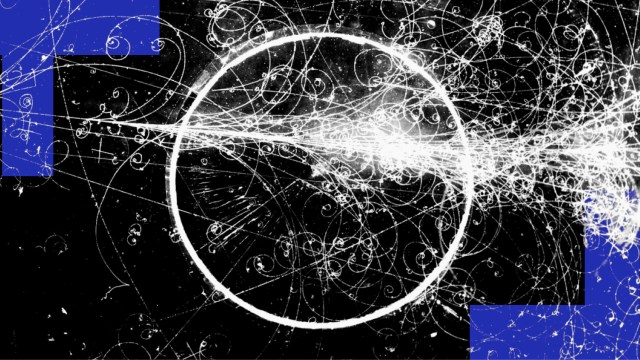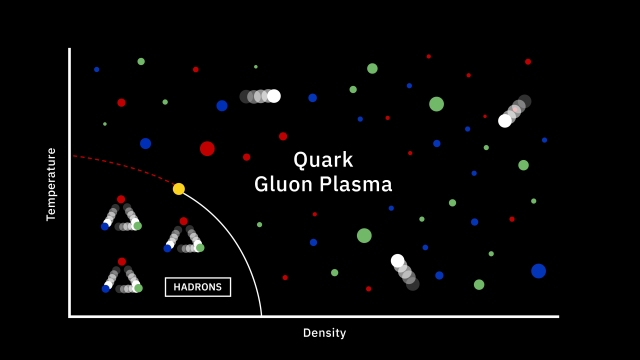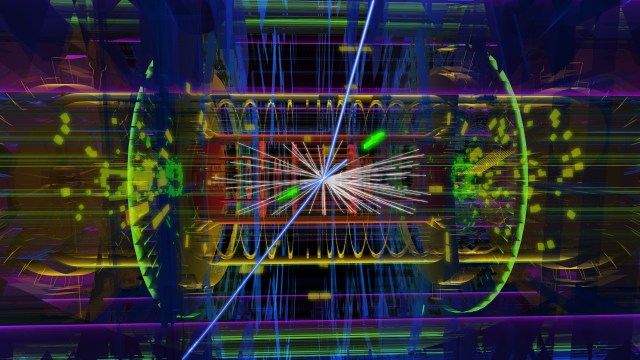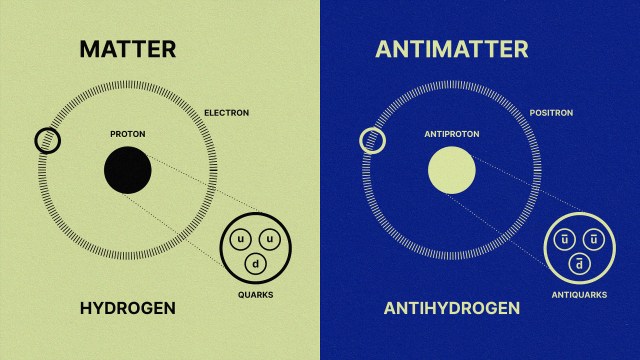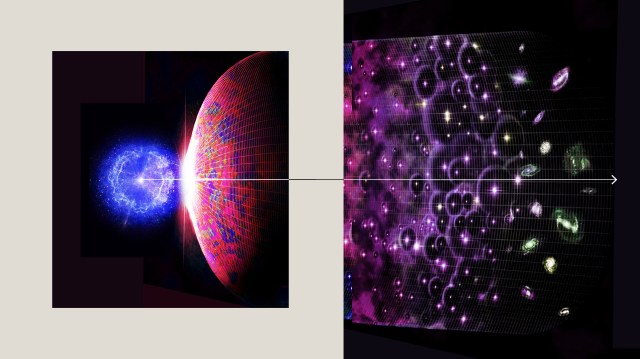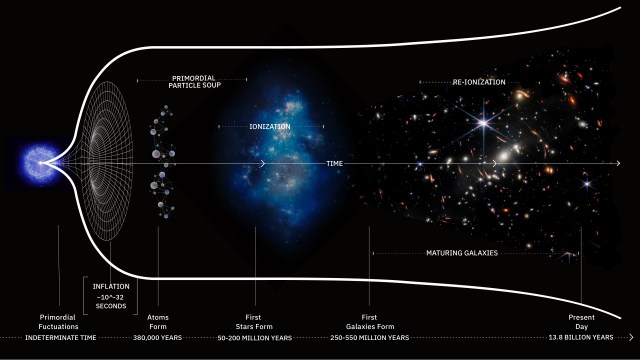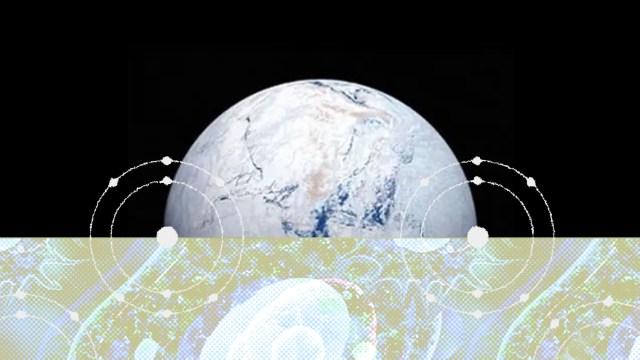How the Universe forges stars from cosmic clouds

- The birth and life cycle of stars begins in vast, dense molecular clouds, where gravity overcomes pressure, leading to the formation of protostars.
- These protostars evolve into mature stars through nuclear fusion processes in their cores, with some eventually forming planetary systems in their surrounding accretion disks.
- This cosmic narrative not only illuminates the origins of stars and planets but also contextualizes the emergence of life itself within the broader universe.
Like humans, the birth of stars is a messy affair. Beginning with vast interstellar clouds that collapse under their own titanic gravity, the story of how stars like the Sun are born involves great paroxysms of light and sound (yes, there is sound in space). But when the dust clears, (literally), what remains is a nuclear-powered stellar furnace that will burn brightly for billions of years surrounded by a family of planets using that same energy to do everything from powering climates to creating life. This star-formation story is one that astronomers have only recently assembled via hard-won observations made by the world’s most powerful telescopes. It’s a narrative that not only explains the star-strewn night sky but also puts Earth and its inhabitants into their proper cosmic context.
The interstellar medium
To understand the story of star formation, we need to set the cosmic stage. In the current cosmological epoch, much of the “normal matter” in the Universe (excluding the “dark” stuff) resides in galaxies like the Milky Way (though there’s still a lot of stuff residing in the vast regions between galaxies, too). Galaxies like ours comprise both stars and interstellar gas (also called the interstellar medium, or ISM). The Milky Way, for example, holds more than 100 billion stars and about 10 billion times the Sun’s worth of interstellar material. It’s the interstellar stuff that matters for making new stars and the ISM can take various forms.
Some interstellar gas is evenly distributed in sparse clouds of atomic hydrogen at “warm” temperatures of 8,000 kelvin. Another form of interstellar material is the ultra-hot, million-degree “coronal gas.” This material is composed of highly ionized atoms (i.e. atoms stripped of some electrons) left over from supernovas, which are apocalyptic explosions of stars much more massive than the Sun. However, neither the warm atomic nor hot coronal kinds of interstellar gas are directly involved in birthing a star. Both forms of ISM are, as we will see, too thinly spread out and at too high a temperature to allow the process of star formation to occur in their domains.
It’s interstellar gas in the form of molecular clouds that are the focus for star formation. That’s because these are the densest and coldest regions of the ISM. With temperatures just tens of degrees above zero, gas in these clouds can chemically combine to form things like carbon monoxide, ammonia, and molecular hydrogen (hence the “molecular” moniker). Once the molecules form, the density in the clouds is high enough to shield them from being split apart by the background stellar UV radiation that fills interstellar space.
So, why are low temperatures and high densities critical for star formation? The answer is the Universe’s “forever war” between gravity and pressure. Clouds are supported against their own weight — their own “self-gravity” — by thermal pressure. The pressure pushes outward, keeping a cloud “inflated,” just as a balloon is inflated by the thermal pressure of the trapped air pushing against its rubber skin. To convert interstellar material into a star, you need to gather enough mass together so that the sum of its own gravitational pull will overwhelm the cloud’s thermal pressure and trigger a gravitational collapse. The key physics point is that cold gas has less thermal pressure than hot gas. Equally important, a dense cloud has more self-gravity than an equally sized sparse cloud (more material per cubic meter equals more inward gravitational pull). Put it all together and the dense, cold molecular clouds are the only interstellar environment where gravitational collapse can occur. That’s why molecular clouds serve as stellar nurseries for the Milky Way.
Gravitational collapse and the birth of protostars
Typical molecular clouds can hold over a million Suns’ worth of material. They can also stretch across hundreds of light years. The sheer size of these clouds means molecular clouds don’t collapse as a single entity. If they did there would be stars weighing a million solar masses. Instead, the largest stars today are about 100 times the mass of the Sun. So, to study the formation of stars like the Sun, we need to focus on smaller regions of the larger molecular cloud. Molecular clouds are not static structures but are filled with turbulence (i.e. random swirling motions like eddies in a fast-moving river). The turbulence creates local conditions of high density — think of them as “cloudlets” — where self-gravity can overwhelm thermal pressure and trigger collapse. It’s at the moment when gravity begins to “win” that star formation really begins. Molecular gas and dust begin to fall inward toward the center of the cloudlet.
The gas and dust accelerate as they fall, eventually reaching speeds of more than 22,000 miles per hour. The infalling material also gets denser as it converges toward the cloudlet’s center. Initially, parcels of gas remain cold as they stream inward. Any heat gained from jostling and crowding as the gas plunges downward gets emitted as light. These photons can escape the shrinking cloudlet into space (and reach our telescopes). Eventually, however, the infalling material gets so dense it begins holding onto most of its own energy. This includes the heat generated as material crashes at hypersonic speeds onto the rapidly growing and dense central object, which now can rightfully be called a “protostar.” Powerful shock waves (a form of sound) form at the surface of the protostar as streams of gas slam onto its surface. While most of the energy generated from these shocks stays with the protostar, some energy manages to worm its way out, giving astronomers a key diagnostic of the protostar’s emergence.
The journey from protostar to star
A protostar, however, is still not a star and the difference lies in the conditions at the core. A star like the Sun is powered by thermonuclear reactions. At the core of a mature star, such as the Sun, densities and temperatures are so high that hydrogen nuclei repeatedly slam together and fuse into helium, the next heaviest element on the periodic table. It takes four hydrogen nuclei (each of which is just one proton) to form a single helium nucleus (two protons and two neutrons). In the thermonuclear reactions that govern the transformation from hydrogen to helium, a small amount of the hydrogen’s mass is converted into energy (thanks to Einstein’s E = mc2). Stars, like the clouds they were born from, use thermal pressure to fight against their own crushing gravity. It’s the energy released in nuclear reactions that provides that pressure.
When a protostar begins to form at the center of a molecular cloudlet’s infalling maelstrom, it does not have central temperatures and densities high enough to trigger the Sun’s kind of nuclear reactions. Ironically, however, protostars can be much brighter than the Sun. Their luminosity is a temporary thing, borrowed from the energy of the initial cloudlet’s infall (those shock waves) and a slower contraction of the protostars’ mass. To truly become a mature star, protostars need to gain more mass from infall. They must also wait for contraction to drive the core density upward and increase central temperatures above the critical 10 million degrees kelvin where steady helium-producing thermonuclear reactions can begin.
If gravitational infall were all there was to star formation, astronomers would have enough to deal with. The birth of stars, however, involves another key player beyond just gravity and thermal pressure. Angular momentum, which you can think of as spin, not only changes the basic story of star formation — it’s also the reason why you and I are here standing on a planet to tell the tale.
The turbulence of molecular clouds means that every cloudlet that’s ready to gravitationally collapse is already spinning in one direction or another (think of all the spinning eddies when you vigorously stir a tub of water). Angular momentum is a measure of the cloudlet’s spin, and the fundamental laws of physics tell us that it is conserved. That means when a cloudlet changes size by collapsing, it can’t lose (or gain) any of its initial spin momentum. The conservation of angular momentum has important consequences for our star-formation story. Everyone who has ever watched Olympic figure skating has seen the principle in action: When a skater goes into a spin with outstretched arms and then pulls their arms inward, their rate of spin increases. That’s the conservation of angular momentum. If you are spinning and you get smaller, you have to also spin faster. The thing to notice, though, is how much faster the skater revolves after just changing their size by a single arm’s length. When a spinning cloudlet collapses to a protostar, it will shrink by a factor of 1 million or more. This is more than enough to reshape the architecture of the collapse.
When a spinning cloudlet collapses, all the gas does not fall straight onto the protostar. Instead, the axis of the spin defines an “equator” for the cloudlet (the equator would be perpendicular to the spin axis). Infalling rotating material coming from cloudlets’ equatorial regions can’t fall directly onto the star. Instead, it ends up moving around the spin axis so fast that it goes into orbit around the protostar rather than falling onto it. In this way, a disk of gas and dust forms around the protostar. This structure, called an accretion disk, will serve as a reservoir of material that slowly spirals through the disk and eventually makes it into the protostar. While originally a theoretical construct (demanded by the conservation of angular momentum), astronomers using the ALMA radio telescope array now have stunning high-resolution images of these disks in star-forming regions around the galaxy.
The appearance of those disks links directly to the appearance of astronomers like me who study them. Accretion disks are where planets form. As the dust and gas orbit the protostar a long series of interactions begin. Dust grains collide to form bigger dust grains, which then collide to form pebbles, which then form rocks and then boulders, and so on, all the way up to planets. Obviously, there is more to the planet-building process than this.
The story of planet formation is complicated, fascinating, and still getting worked out. But the important point for our story of star formation is that, while it begins with a light-year-spanning cloud of interstellar gas, it ends with planets. And on some of those planets, life will form, which is why the story of star formation really ends not just with planets but you and me.
